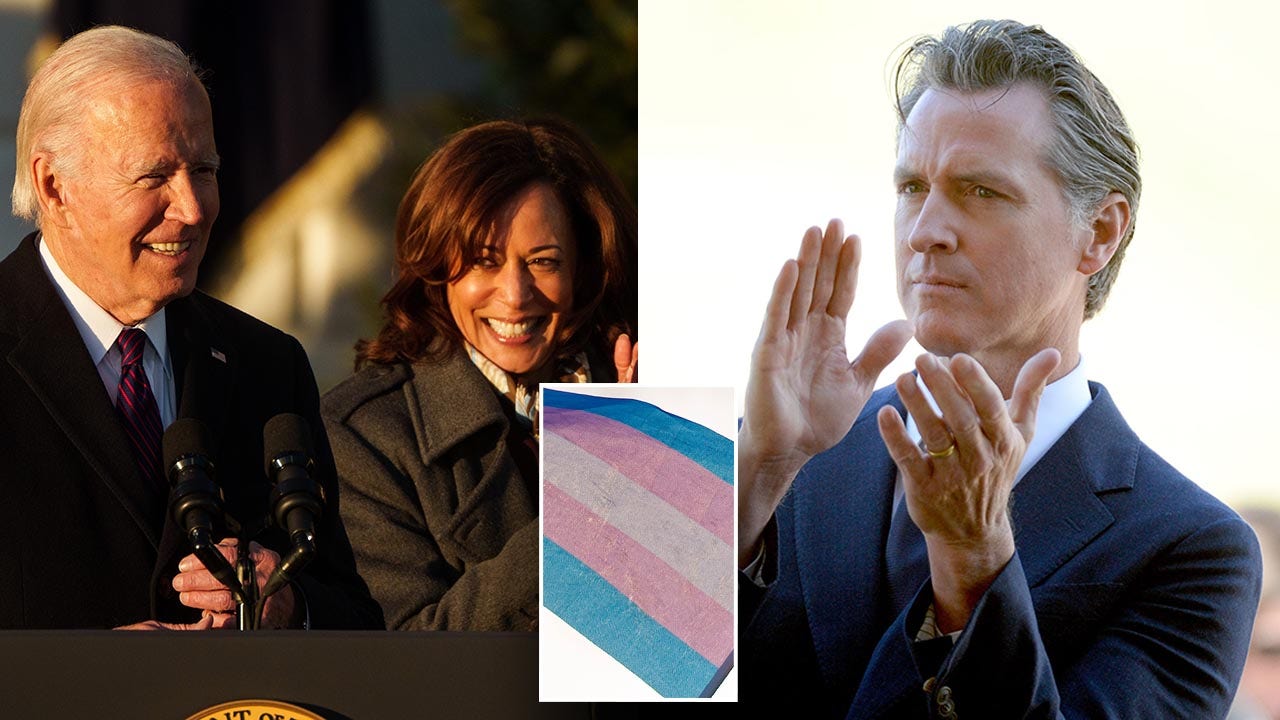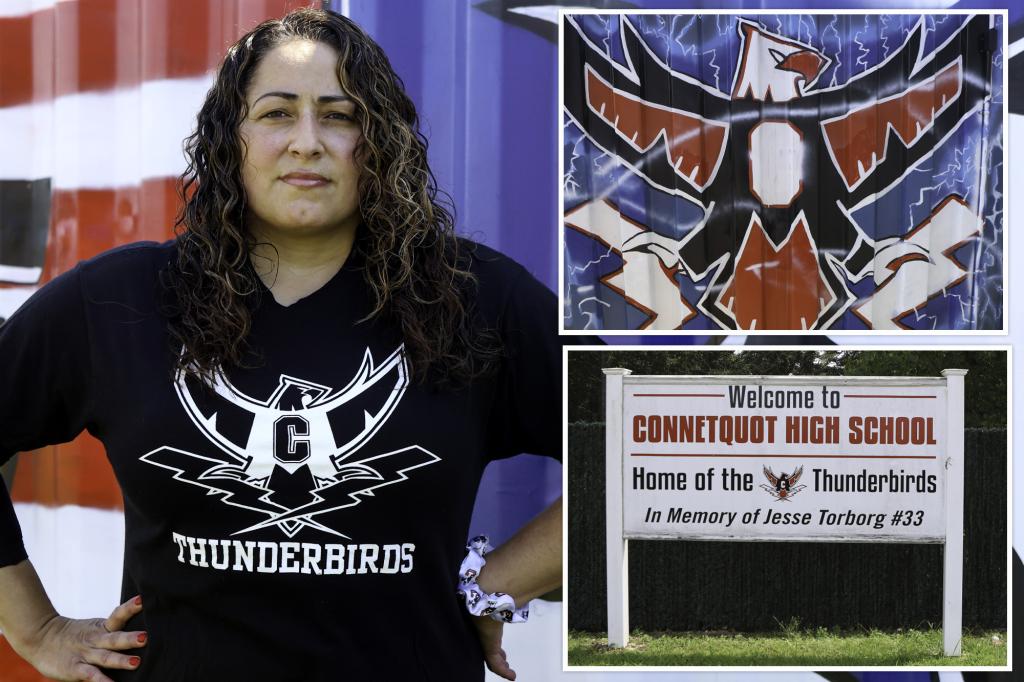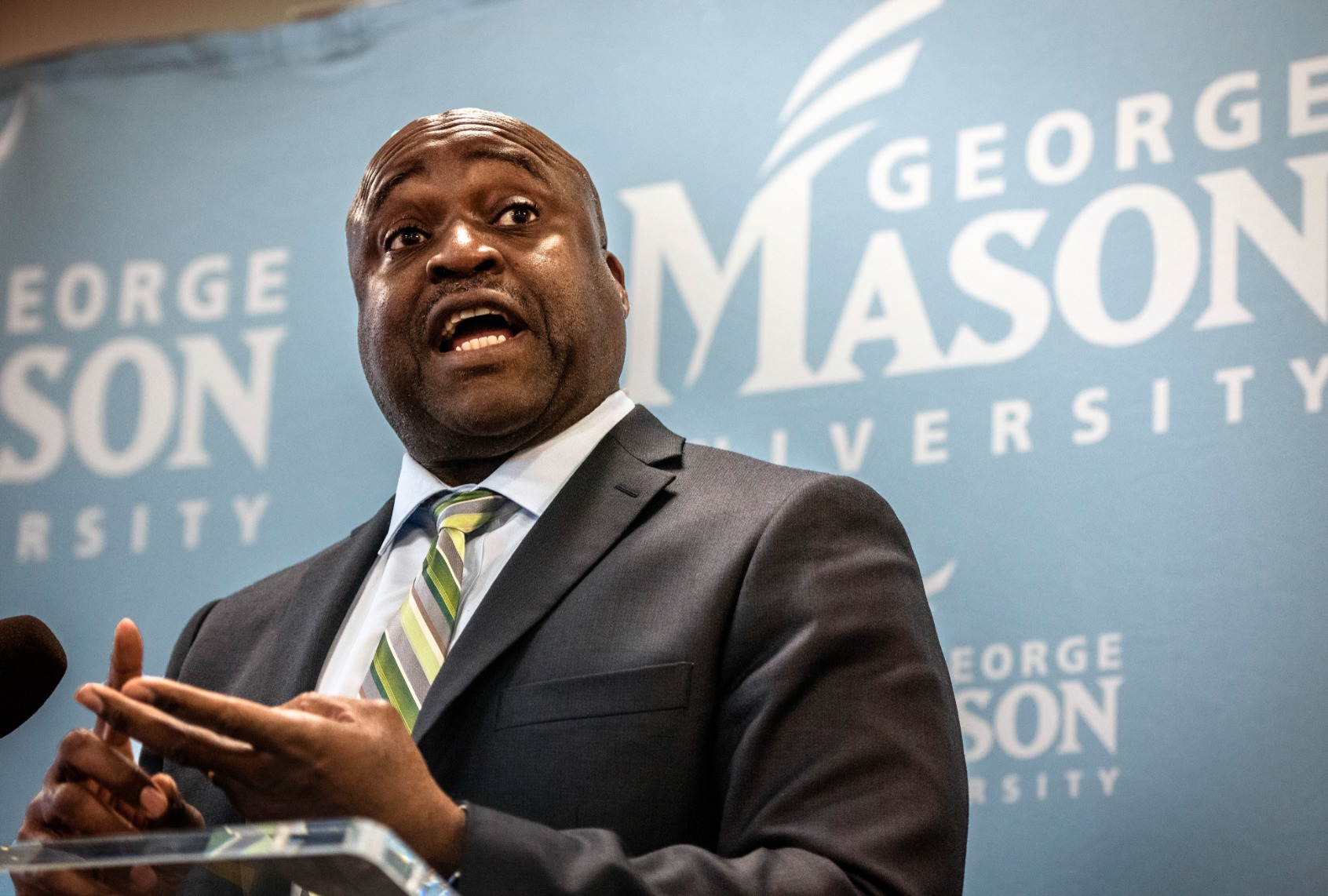Introduction: The Growing Debate on Transgender Athletes
In recent years, the debate surrounding transgender athletes has become a focal point in American sports, particularly at the high school and collegiate levels. School districts, educators, and athletic organizations across the country are grappling with how to accommodate transgender students while maintaining fairness in competitions. In one such instance, a California school district is at the heart of the controversy. Amid growing tensions, district officials have urged the public to direct their criticism not at local schools but at lawmakers in state capitals like Sacramento and Washington, D.C., where the policies shaping this issue are being decided.
The conversation around transgender athletes often revolves around the question of fairness—especially in sports where physical advantages may come into play. While advocates for transgender inclusion argue that these athletes should have the same opportunities as their cisgender peers, opponents express concerns about competitive equity and safety. In this complex environment, school districts have become key players, balancing legal mandates, the needs of students, and the pressures from the wider public.
The School District’s Response: A Call for Accountability
The California school district’s response to the ongoing debate reflects a growing trend among local educational leaders: frustration with the role they are being forced to play in a much larger political conversation. With sports policies for transgender athletes being dictated by state and federal lawmakers, local districts are finding themselves caught between enforcing the law and responding to the concerns of parents, students, and coaches.
In a recent statement, district officials urged parents and community members to focus their efforts on holding legislators accountable for the policies that dictate how transgender athletes are treated in competitive sports. The district’s statement emphasized that the responsibility for crafting fair and inclusive policies lies with lawmakers, not local administrators or school boards.
The Legal Framework: State and Federal Influence
The issue of transgender athletes is largely shaped by state-level legislation and, to a lesser extent, federal guidance. In California, one of the first states to pass laws ensuring transgender student-athletes could compete in accordance with their gender identity, the legal framework has created a significant point of contention. California’s law requires that transgender students be allowed to participate in athletic competitions that match their gender identity, regardless of their biological sex or physical characteristics. This has led to heated debates about fairness, especially in cases where transgender women (assigned male at birth but identifying as female) compete against cisgender women in sports that have traditionally been segregated by sex.
Meanwhile, in Washington, D.C., federal lawmakers are considering various bills that would either broaden or restrict the participation of transgender athletes in school sports. These federal proposals have sparked intense debate, with some advocating for broader inclusion and others seeking stricter regulations to protect cisgender athletes. School districts like the one in California are caught in the middle, tasked with implementing policies that comply with state or federal laws, even as the political landscape shifts rapidly.
The Broader Debate: Fairness, Safety, and Inclusion
The transgender athlete debate is not just about high school sports—it has far-reaching implications for inclusion, equality, and the future of athletics. Proponents of inclusive policies argue that denying transgender students the right to participate in sports consistent with their gender identity is discriminatory and harms their mental and emotional well-being. For many transgender students, participating in sports is not just about competition but also about belonging to a community and developing self-confidence. For these advocates, inclusion is seen as a step forward in creating a more equitable society.
However, critics of these policies argue that the physical advantages held by transgender women—particularly in sports like track and field, swimming, and weightlifting—can create an uneven playing field. These opponents emphasize that fairness in competition is a fundamental principle of sports. Some fear that allowing transgender women to compete in women’s sports could lead to an erosion of opportunities for cisgender women, particularly in scholarship and professional contexts.
Key Concerns in the Debate
- Physical Differences: The most commonly cited concern is that male-to-female transgender athletes may retain physical advantages such as muscle mass, bone density, or cardiovascular capacity even after undergoing hormone replacement therapy (HRT).
- Safety: In contact sports, safety becomes a critical concern, especially if there are significant physical disparities between transgender and cisgender athletes.
- Access and Equity: Proponents of transgender inclusion argue that excluding transgender athletes from certain competitions infringes on their rights and limits their access to opportunities that could help them succeed in life.
The Role of School Districts in Addressing the Issue
School districts are on the front lines of this debate, navigating a complex web of legal, ethical, and community concerns. While most districts are legally required to comply with both state and federal policies, local administrators often feel the pressure from both sides of the issue. On the one hand, they must ensure that transgender students are treated with dignity and respect, in line with anti-discrimination laws. On the other hand, they must address the concerns of parents, coaches, and athletes who feel that current policies may compromise the integrity of women’s sports.
To address this issue, many districts have implemented measures aimed at balancing inclusion with fairness. These include:
- Reviewing Eligibility Guidelines: Some districts have created additional eligibility requirements for transgender athletes, such as a required waiting period after transitioning or hormone levels that fall within certain ranges.
- Educational Campaigns: To reduce tensions, some school districts are launching educational campaigns aimed at fostering understanding and respect for transgender athletes.
- Dialogue with Stakeholders: School boards and athletic committees are holding town halls and public forums to discuss policies and gather feedback from the community.
Challenges in Implementing Fair Policies
Despite these efforts, school districts face significant challenges in implementing fair and effective policies. For one, there is a lack of uniformity in the policies governing transgender athletes from state to state. This creates a patchwork of rules that can be difficult for districts to navigate. Moreover, many administrators feel the pressure of public opinion, which can shift rapidly as national debates over transgender rights evolve.
In addition, issues of fairness and safety are not easily resolved through policy changes alone. There is an ongoing debate within the scientific community about the effects of hormone therapy on athletic performance. While some studies suggest that transgender women do not retain significant advantages after undergoing hormone replacement therapy, others argue that biological differences can persist even after transitioning.
Looking Ahead: What the Future Holds for Transgender Athletes in Schools
The future of transgender athletes in school sports will likely depend on the outcome of ongoing legal battles, as well as public opinion. With lawmakers in several states considering new laws to restrict or expand transgender athlete participation, the landscape is poised to change in the coming years. As these debates continue, school districts will likely need to adapt to new legal standards while also addressing the diverse needs of their communities.
For now, the conversation continues, with stakeholders from all sides of the debate working to find a solution that balances inclusion with fairness. As the policies evolve, it will be critical for all parties to engage in thoughtful, respectful dialogue to ensure that the rights and interests of all athletes—transgender and cisgender alike—are upheld.
Conclusion: A Delicate Balance
The debate over transgender athletes is not going away anytime soon, and school districts will continue to play a pivotal role in its resolution. As this issue evolves, it is clear that there are no easy answers. Both sides of the debate have valid concerns, and the challenge for policymakers is to find a way to create policies that respect the rights of transgender students while maintaining fairness and safety in athletic competition.
Ultimately, the key to resolving this issue may lie in collaboration—engaging with experts, athletes, lawmakers, and the community at large to craft policies that promote inclusivity while ensuring fair play. School districts, caught in the middle of this contentious debate, will need to remain flexible and responsive as the conversation unfolds on the national stage.
For more information on the legal aspects of transgender athlete policies, visit the ACLU’s LGBTQ Rights page for a deeper dive into the civil rights perspective.
To read more about current state-level legislative efforts regarding transgender athletes, visit NBC News for the latest updates.
See more TED Talks World



